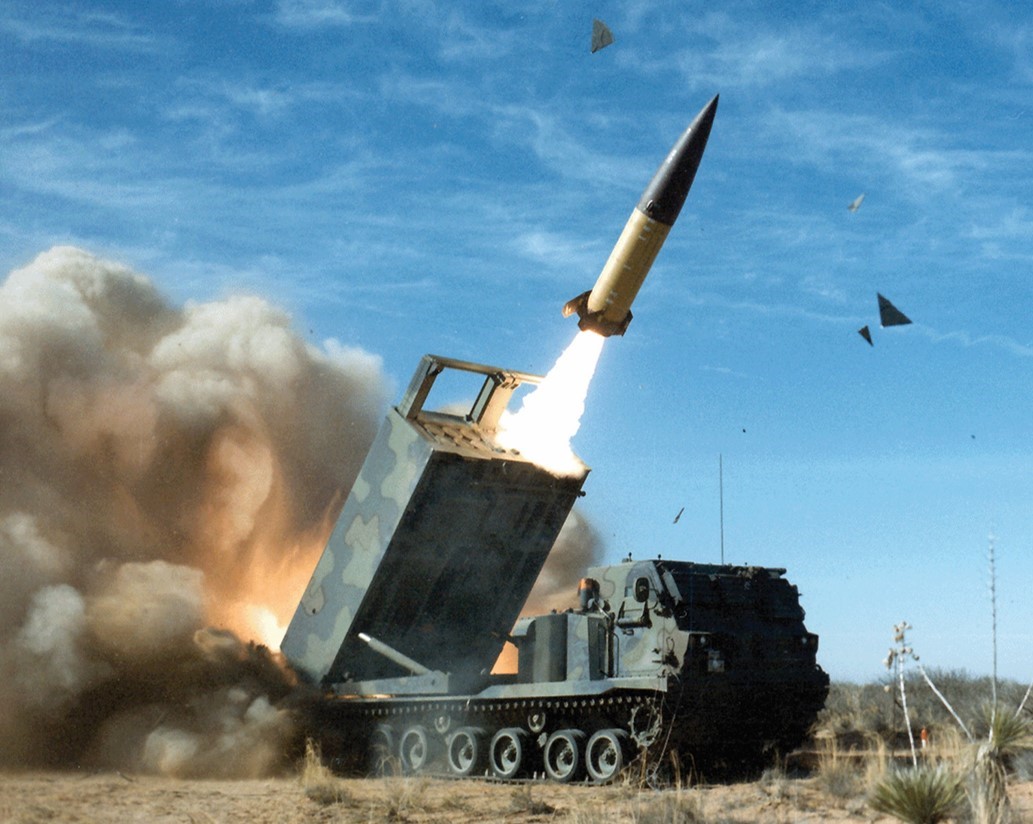Air Offensive Trends in 2025: How Strikes on Ukraine Are Transforming Modern Warfare

Air Offensive Against Rear Areas – 2025 Trends: Strikes on Ukraine
The landscape of modern conflict has been dramatically reshaped by the evolution of air offensives, with 2025 emerging as a pivotal year in the ongoing confrontation between Russia and Ukraine. Strikes on rear areas have fundamentally shifted wartime logistics and the pace of military operations. A sharp surge in offensive capabilities has redefined both the intensity and precision of aerial warfare, introducing new trends, technologies, and strategies that continue to alter the course of this conflict.
At the heart of these developments is a pronounced increase in both scale and technological sophistication. Russian strikes on Ukrainian rear areas have set new records, demonstrating a relentless expansion in their arsenal. The use of Kinzhal, Iskander, Kalibr, and Kh-101 missiles, alongside other shorter-range systems, has grown steadily more frequent. Production and deployment, initially estimated at 200-250 missiles per month, have now exceeded 300 monthly, driven not only by domestic manufacturing but also through a substantial procurement of North Korean KN-23 missiles. These weapons, while formidable and capable of inflicting considerable damage, come at a high financial cost and are thus deployed with strategic deliberation.
Financial constraints and supply chain realities have driven a rapid transition toward low-cost, high-impact solutions. Among these, the Geran (Shahed) loitering munitions have become synonymous with a new era of drone warfare. These drones have not only increased in number—with monthly launch figures now forecast to approach 10,000 during certain periods—but have also evolved in their tactical effectiveness. Over the past year, the Geran family has undergone significant enhancements, achieving greater speed, improved maneuverability, and a shift to higher-altitude flight paths that challenge traditional mobile interception teams. With the integration of AI-guided modules since May 2025, these systems deliver precision targeting, as evidenced by the recent multi-drone strike on the Poltava Territorial Recruitment Center, where staggered impacts across different parts of the structure exhibited unprecedented coordination and accuracy.
The payloads themselves are also seeing remarkable upgrades, with standard warheads increasing from 50 kg to 90 kg and the introduction of a rocket-powered variant able to carry 300 kg. This relentless adaptation and scaling of drone technology underscore a broader trend: the automation and digitization of air offensives, enabling high-density, cost-effective strikes that are beginning to tip the strategic balance. Such advances are not only maximizing impact but are engineered to outpace and outmaneuver contemporary air defense systems, compelling a fundamental rethinking of defensive doctrines.
Beyond these headline-grabbing systems, two additional innovations have further defined the air campaign. The Gerbera multifunctional UAV, boasting an ultra-low price point, is engineered for versatility. With operational radii reaching 300 km, these drones fulfill long-range reconnaissance, act as imitation platforms to draw out air-defense responses, or function as strike vectors with smaller warheads—each role tailored to specific mission requirements and resource allocation. The cost efficiency of Gerbera is particularly significant; with unit prices between $2,000 and $3,000, they offer both mass and adaptability that larger systems cannot match.
Meanwhile, guided glide bombs (KABs) have redefined standoff strike capabilities. These munitions, previously critical in shifting battlefield momentum, are now equipped to hit targets at distances up to 80 km, and potentially 130 km, according to independent assessments. This operational reach allows for precision engagements deep into adversary territory while maintaining a protective buffer for aircrews. The ability to threaten enemy rear areas with minimal risk exemplifies the modern blending of range, accuracy, and survivability in aerial warfare.
The cumulative effect of these advancements is already reshaping the logistics and operational fluidity of Ukrainian armed forces. Disruptions to supply lines, command centers, and critical infrastructure are increasing in both frequency and lethality. As strike tempo accelerates and new technologies are deployed, the challenges facing defense and logistics planners intensify. Real-time intelligence, rapid adaptation, and layered defenses are emerging as essential responses in this high-stakes technological contest.
Looking ahead, all indicators point to further intensification. The exponential growth in drone launches, coupled with ongoing refinement of both precision-guided munitions and multi-role UAV platforms, sets the stage for even greater disruption in the months to come. The strategic calculus is now shaped by the interplay of scale, technological adaptation, and the race for dominance in the skies above key logistical hubs. As the offensive continues to evolve, the focus remains on undermining adversary cohesion and shortening their operational reach, ensuring that the rear areas can no longer be presumed safe or immune from the realities of modern warfare.
The trajectory of these air offensives is unmistakable: mass, automation, and targeted precision are remaking the battlefield. In this ongoing and highly dynamic campaign, maintaining awareness of the latest technological trends and their operational impacts is essential for those seeking to understand, anticipate, or respond to the rapid changes defining the conflict. For observers, strategists, and planners alike, closely examining these shifting paradigms will be crucial for shaping the future of both offensive and defensive operations.
